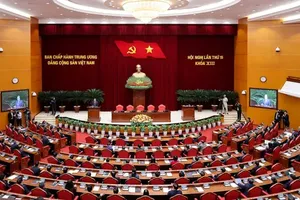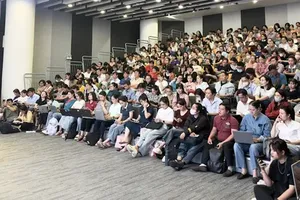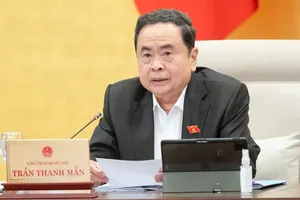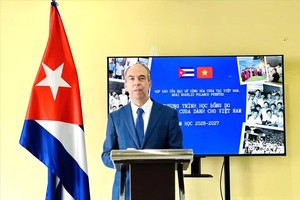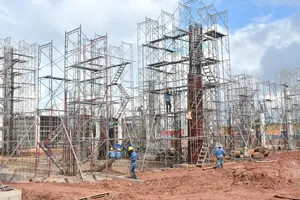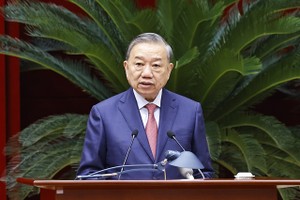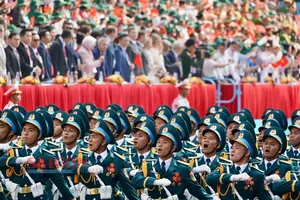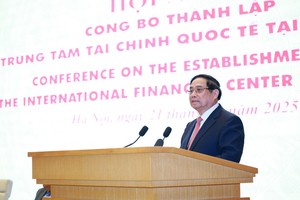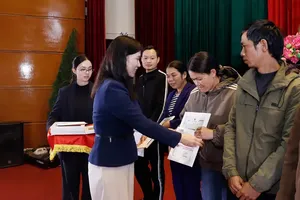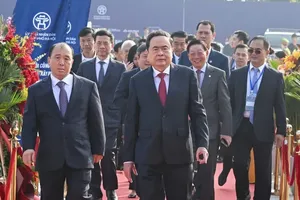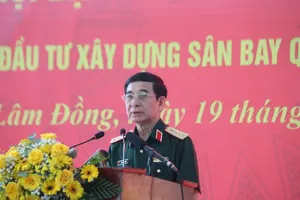International donors have committed a record figure of official assistance development (ODA) for Vietnam in 2010 – US$8 billion.
Compared to the committed figure for 2009 of $5 billion, the number $8.063 billion ODA pledged for 2010 reflects the efforts of officials responsible for seeking loans. However, the ODA debts should be considered carefully.
When the value of Japanese Yen and Euro rises
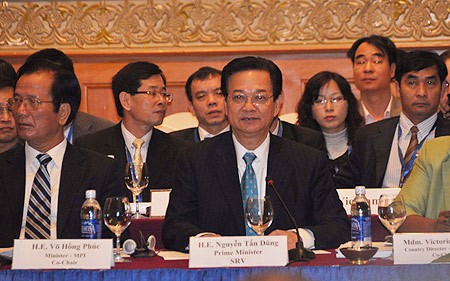
According to the Ministry of Planning and Investment (MPI), since international donors resumed ODA grants for Vietnam in 1993, $22 billion out of the total committed $42.5 billion has been disbursed.
Including the newly pledged ODA grant, Vietnam will disburse around $26 billion by the end of 2010. Temporarily considering the total ODA committed for the last three years, Vietnam received $11.07 billion, including only $0.927 billion of non-refundable aid. The debt that Vietnam owed in the past three years is up to $10.143 billion (source: MPI).
Japan committed $1.640 billion in late 2009 is equivalent to JPY145 billion (exchange rate on December 14, 2009 when$100=JPY8,866) while it was JPY196.8 billion in 2006 ($100=JPY12,000).
Some $331 million was committed by the European Commission (EC) and $1.082 billion from EU countries, it was paid as an equivalent in Euros. The exchange rate between the Euro and the US dollar rose from Eur1-US$1.2 to Eur1-US$1.4677.
The International Monetary Fund (IMF) recommended member countries to be cautious in calculating the imbalance in the monetary basket and exchange rates. That is one of the reasons why costs for the HCM City’s Ben Thanh – Suoi Tien metro route has risen $1.1 billion to $2.071 billion.
Notably, ODA grants to Vietnam in Japanese yen are mostly loans Vietnam has to pay at not especially low interest rates. This includes the latest ODA grant to the expanded sub-Mekong region. The capital in Euros for the metro project in Hanoi is in the same situation.
How will the debts be paid?
The problem is there are many adverse factors working at the same time. Firstly, Vietnam’s exports are down. Secondly, exchange rates for Japanese Yen and the Euro have strongly increased. Thirdly, prices for goods and services imported from Japan or the EU, therefore, have also risen.
Finally, at the same time, Vietnam’s exports paid by USD (for example crude oil) have depreciated due the fall of the US dollar’s value.
Also export items are unstable. Vietnam’s export rice price to the Philippines in early 2009 averaged $480-490/tonne compared to over $600/tonne later this year.
When there are unprofitable loans that Vietnam has to pay, the fund for hunger eradication, poverty alleviation and social welfare is affected. While Vietnam aims to become a country with an average income in the world, the UN cooperator in Vietnam Jesper Morch noted: “One in three Vietnamese children are still rated as poor in terms of fundamental needs like education, hygiene or integration and social sponsoring.
An emerging issue includes unregistered migrants in cities with no access to fundamental and free social services. Soon they become invisible in the country’s statistics of poverty and hunger.
This is the flip side of the pursuit of average income in Vietnam.
There is a widening gap an their remains an incomplete programme related to nutrition, hygiene, healthcare and education.

